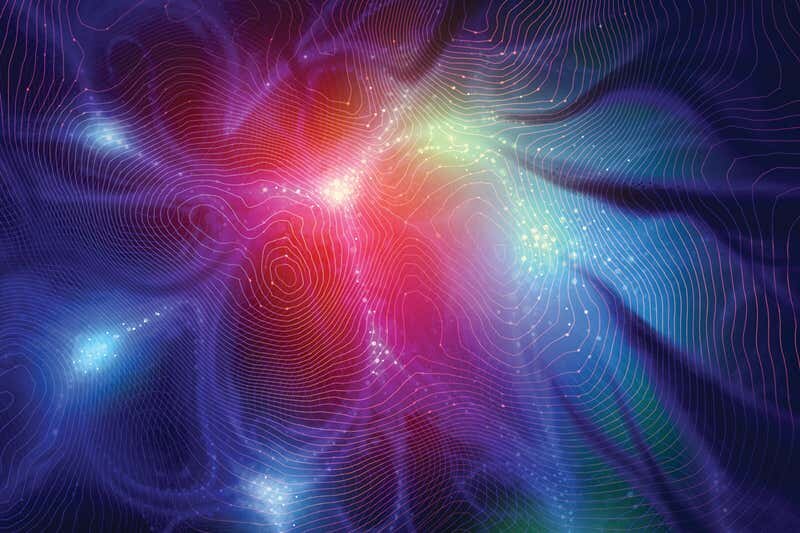The hunt for a primordial force that would revolutionise cosmology
Finding magnetic fields dating back to the big bang would transform our understanding of how the universe evolved. Now astronomers think they're on brink of such a breakthrough
SPACE 23 June 2021
By Ian Taylor
THE scale is hard to fathom. But if you zoom out far enough, the structure of the universe reveals itself: a “cosmic web” in which thread-like filaments of gas tangle around gigantic voids, connecting disparate clusters of galaxies. These are some of the most mysterious structures in the cosmos – and recent glimpses have revealed a surprising presence among them.
Earlier this year, astronomers led by Tessa Vernstrom at the Commonwealth Scientific and Industrial Research Organisation in Perth, Australia, confirmed the detection of magnetic field lines stretching some 50 million light years between galaxy clusters.
It was one of the first demonstrations that magnetism exists at such gargantuan scales. But the real excitement is that the sheer size of the fields suggests they could be relics from the birth of the universe in the big bang.
Cosmologists dream about finding such “primordial” magnetic fields, because they could hold long-sought secrets about how everything came to be and might even resolve the biggest problem in modern cosmology. But conclusively identifying them is a problem. Staring deep into a universe saturated with magnetic fields, how can you be certain you are squinting at one from the dawn of time?
Discoveries such as Vernstrom’s are giving us more confidence that, even if we might not actually be there yet, we’ve now got the theoretical nous and observational tools to finally make the breakthrough. “The net is closing,” says Franco Vazza, an astrophysicist at the University of Bologna in Italy.
Fields of influence
Magnetism is a familiar force. The magnetic fields spreading out across space have ultimately the same origin as the …
